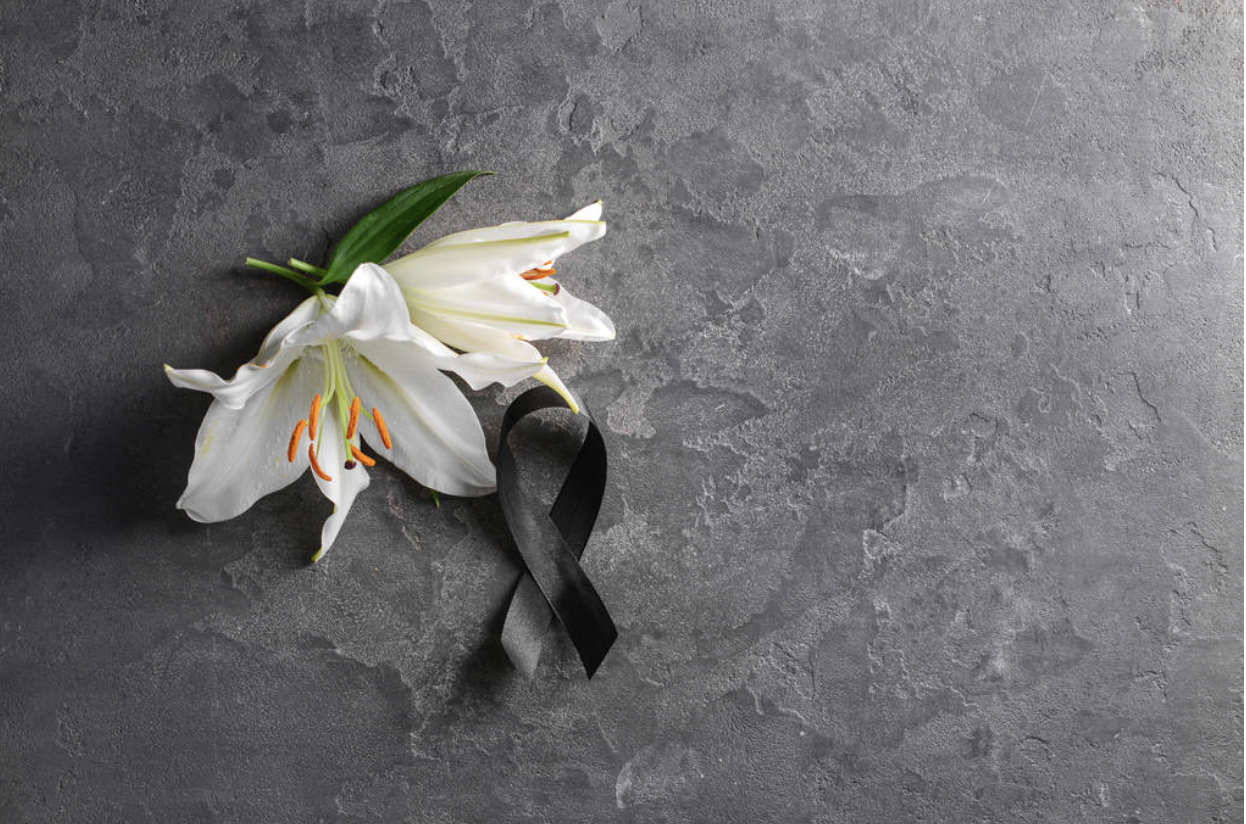History of Sending Flowers for Sympathy
The tradition of sending flowers to express sympathy dates back centuries. Flowers have long been used as a way to convey a wide range of emotions, from joy to sadness and everything in between. For centuries, people have sent flower arrangements as a kind gesture of comfort for those mourning the loss of a loved one or dealing with other difficult times.
In ancient Egypt, funerary wreaths made out of fragrant flowers were often used during burial ceremonies. Ancient Greeks also had the practice of decorating their tombs with fresh flowers and these offerings were believed to bring comfort to the deceased’s spirit in the afterlife. During this time, white lilies were commonly chosen since they symbolized innocence and purity while also helping mask unpleasant odors associated with death in an era before embalming techniques were developed.
By the Middle Ages, sending flowers for sympathy had become commonplace throughout Europe and Asia. In England during this period, various floral tributes were given according to social class; affluent families could afford larger displays while those with less wealth typically sent small posies or single blooms instead. In France during this same time period, black ribbons adorned many bouquets as a way to signify grief over lost loved ones or show support for someone going through tough times. Nowadays, sympathy flowers such as sympathy flowers in Sydney are growing in popularity as a way to express condolences and show support during difficult times.
Types of Flowers Commonly Sent for Sympathy
Flowers have long been used to express sympathy and can be a comforting gesture for those who are grieving the loss of a loved one. However, not all flowers are appropriate for sending as a sign of sympathy. Here is an overview of some of the types of flowers commonly sent to express condolences.
Roses: Roses are one of the most popular types of flowers sent in sympathy arrangements. They come in many colors, each with its own special meaning associated with it. Red roses signify love and passion while white roses signify innocence and purity – making them an appropriate choice for honoring someone’s life who has passed away.
Carnations: Carnations come in several different colors, each conveying its own special message when sent as part of a sympathy bouquet. White carnations represent sweet memories, pink carnations represent admiration and respect, and red carnations represent deep love and affection – perfect for showing your support during times of grief or sorrow.
Lilies: Lilies are associated with the afterlife, making them a popular choice when expressing sympathies after someone has passed away. White lilies symbolize purity while yellow lilies symbolize sorrow – both perfect gestures that show you care during difficult times like these.
Appropriate Times to Send Flowers for Sympathy
It can be difficult to find the right words when expressing sympathy. Sending flowers is a wonderful way to offer comfort and show you care. But when is an appropriate time to send flowers for sympathy?
One of the most common times to send flowers for sympathy is after someone has experienced
a death in their family or close circle of friends. Flowers are an excellent way to express your condolences and can be sent either directly to the deceased’s home, or sent as a gift basket with other items such as candles, pictures, mementos, etc. if desired. If you live far away from the bereaved, sending flowers may be the best way for them to know that you are thinking of them during this difficult time.
Another occasion where it’s appropriate to send sympathy flowers is during a serious illness or hospitalization. The bright colors and fragrant scents of fresh-cut blooms can bring joy into even the darkest moments – plus they provide a much-needed distraction from worrying about health issues! It’s also important that you specify in your card that these are meant only as well wishes and not get-well gifts; otherwise, they could come off as insensitive or premature.
Finding the Right Florist to Create a Beautiful Design
When it comes to finding the perfect florist for creating a beautiful design, there are a few things to consider. Whether you’re looking for an experienced florist to help create your dream wedding or simply need some vibrant floral arrangements for your home, here are some tips on how to find the right florist to create a beautiful design.
First and foremost, do your research. Look online for reviews of local florists and see what others have said about their services and designs. Ask friends, family members, or co-workers if they’ve used any particular florists in the past and whether they would recommend them. You can also call around and ask questions such as what type of flowers they specialize in and what experience they have with certain designs. This will help you narrow down your search so you can find someone who is knowledgeable in the style of flower arrangement that you desire.
Once you’ve narrowed down some potential options it’s time to meet with each of them personally so that you can get more information about their services firsthand. Ask questions such as how long have they been in business? What kind of experience do they have? Do they offer any special discounts or packages?
The Significance of Color and Flower Choice in Sympathy Arrangements
When attending a funeral, or memorial service, or sending your condolences to a grieving family, you may consider sending flowers as a sign of sympathy and support. In this case, the color and type of flower can be important symbols in conveying your thoughts and feelings.
The color of the flowers is particularly meaningful and can help convey certain emotions or sentiments. White is commonly associated with pureness, innocence, and reverence – making it an appropriate choice for honoring someone’s life. Red roses are another popular choice to represent love and respect for the deceased. Yellow or pink roses are often used to show hope in difficult times while blue irises symbolize faithfulness or loyalty. Other colors like purple or orange can represent joyous occasions that you shared with the deceased while various shades of green stand for life’s renewal after death has occurred.
In addition to choosing an appropriate color for your arrangement, selecting particular types of flowers also carries special meaning in expressing your sympathy. Lilies are traditionally used as they symbolize the innocence that has been restored after death occurs; carnations denote love; daisies signify comfort; chrysanthemums bring peace; gladiolas express strength during hard times; gerbera daisies demonstrate admiration.
Appropriate Wording for a Card or Note Attached to the Bouquet or Arrangement
When sending a bouquet or floral arrangement, it is important to include an appropriate note or card expressing your sentiments. Whether you are sending flowers to commemorate a special occasion, offer condolences, or say thank you, the right words can be difficult to find. Here are some tips on choosing the perfect message for your card.
For celebrations: When wishing someone congratulations or celebrating an anniversary or birthday, it’s important to choose words that express joy and love. Consider phrases such as “Wishing you much happiness today and always!”; “Happy Anniversary! May this day bring many more years of joy for you both”; “Sending warm wishes on your special day”; or “Thinking of you on this very special occasion.”
For sympathy: During times of grief and sorrow, words can be hard to find. If possible, try and include something personal about the deceased in addition to offering condolences such as “Our thoughts go out to you during this difficult time”; “With the deepest sympathy”; or “Our hearts go out to you in your time of sorrow”; or “We hope these flowers bring comfort in the memory of [name].”


Conclusion
Flowers are a beautiful way to express sympathy and extend your thoughts and condolences to those who have lost a loved one. They bring comfort, peace, and hope during difficult times. Flowers for sympathy can be sent directly to the family or displayed at the funeral service as a reminder of love and support in their time of sorrow. No matter how they are used, flowers provide an opportunity to show that you care deeply about those grieving their loss.
